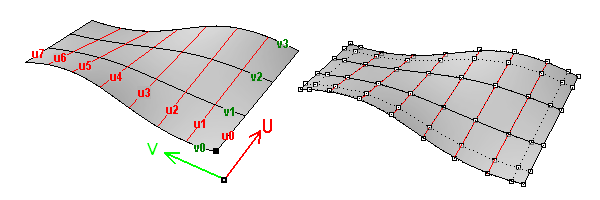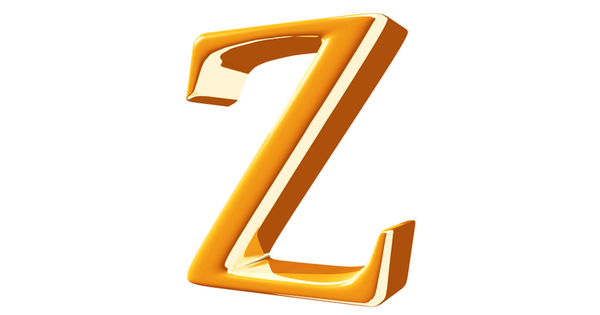

Move to open the patch.īut, if we can open the pole, why can't we open the seam running from pole to pole? Select the sphere and open the attribute editor. To test:Īnd click select CVs at the poles. Isoparms on a surface function in a similar manner to the way edit points do on a curve.Īll NURBS surfaces are 4 sided patches.

Here parameterization is in a U and V direction. We can think of surfaces as curves with an additional dimension. When moving CVs, notice what portion of the curve is affected (2 spans for degree 1, 3 spans for degree 2, 4 spans for degree 3). notice the Min Max Value, the number of spans and the degree. Look at each curve in the attribute editor. Try selecting each and manipulating the components. RMB click and hold over the circle to see the component options: curve point, control vertex, edit point, hull and object mode. Curve and surface functions in Maya work most effectively when the EP locations have numeric values which are whole numbers. Parameterization - curves are computed as a function of the position of a point along the curve, which we will refer to a 'U'. The shape of the curve determines the position of the edit points. Unlike CVs, EPs will always be on the curve. Higher degree curves will have fewer spans (for a given number of CVs) and a greater degree of smoothness between spans.ĮPs - Edit Points - (AKA Knots)- connecting points between spans. CVs are ordered and the order has direction.

Degree one is linear, composed of straight lines.ĬVs - Control Vertices - points which influences curvature. When the surface can be defined in terms of curves, NURBS are often the solution we want to consider.įirst open the option box for Create->CV Curve ToolĬreate 3 similar 6 point curves, one each for Curve degree: 1 Linear, 2, 3 Cubic:ĭegree - the largest exponent used in the equation used to compute the curve. If we sculpt with polygons, we manufacture with NURBS


 0 kommentar(er)
0 kommentar(er)
